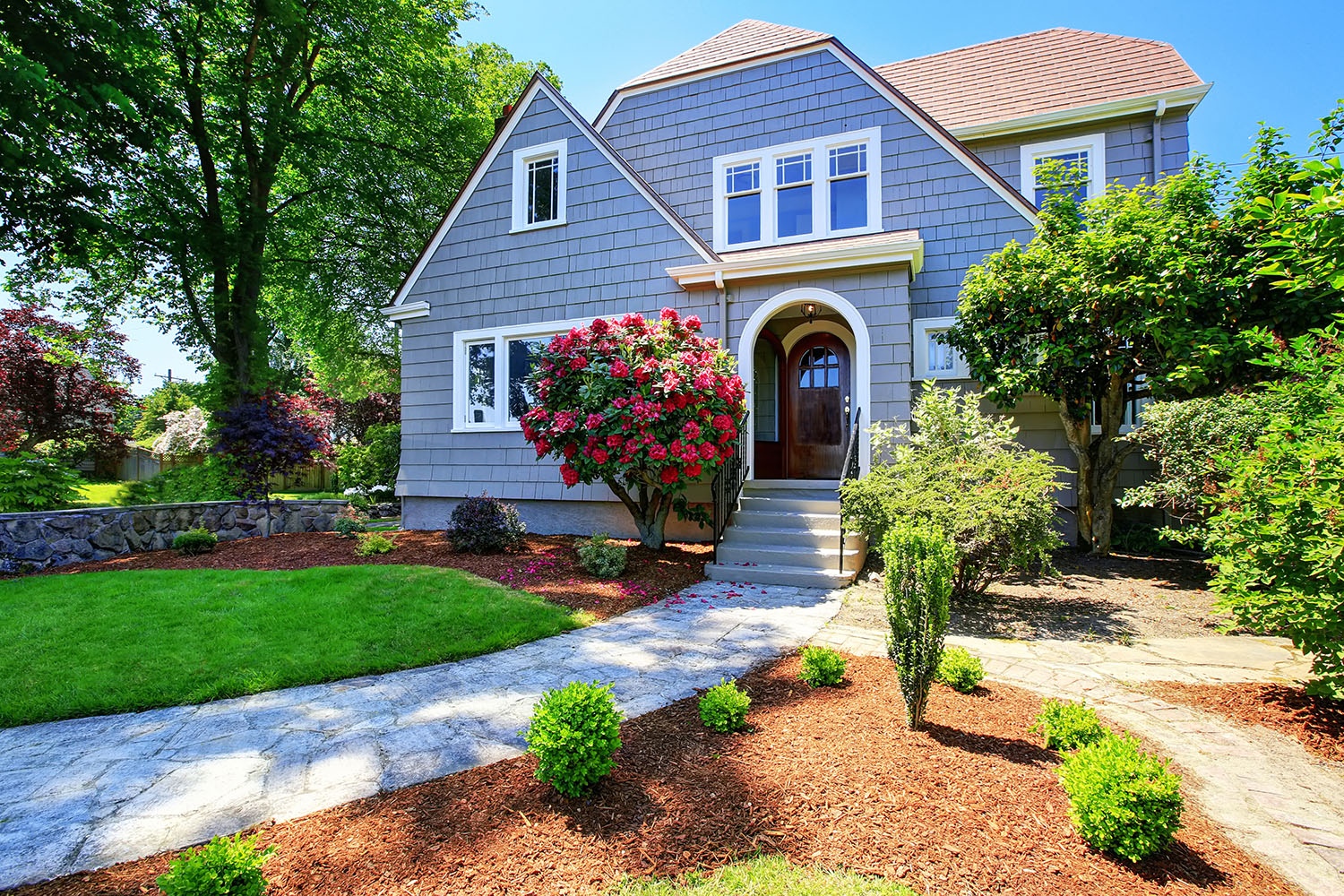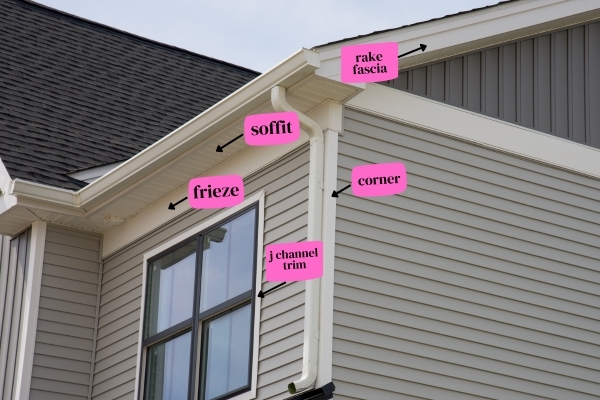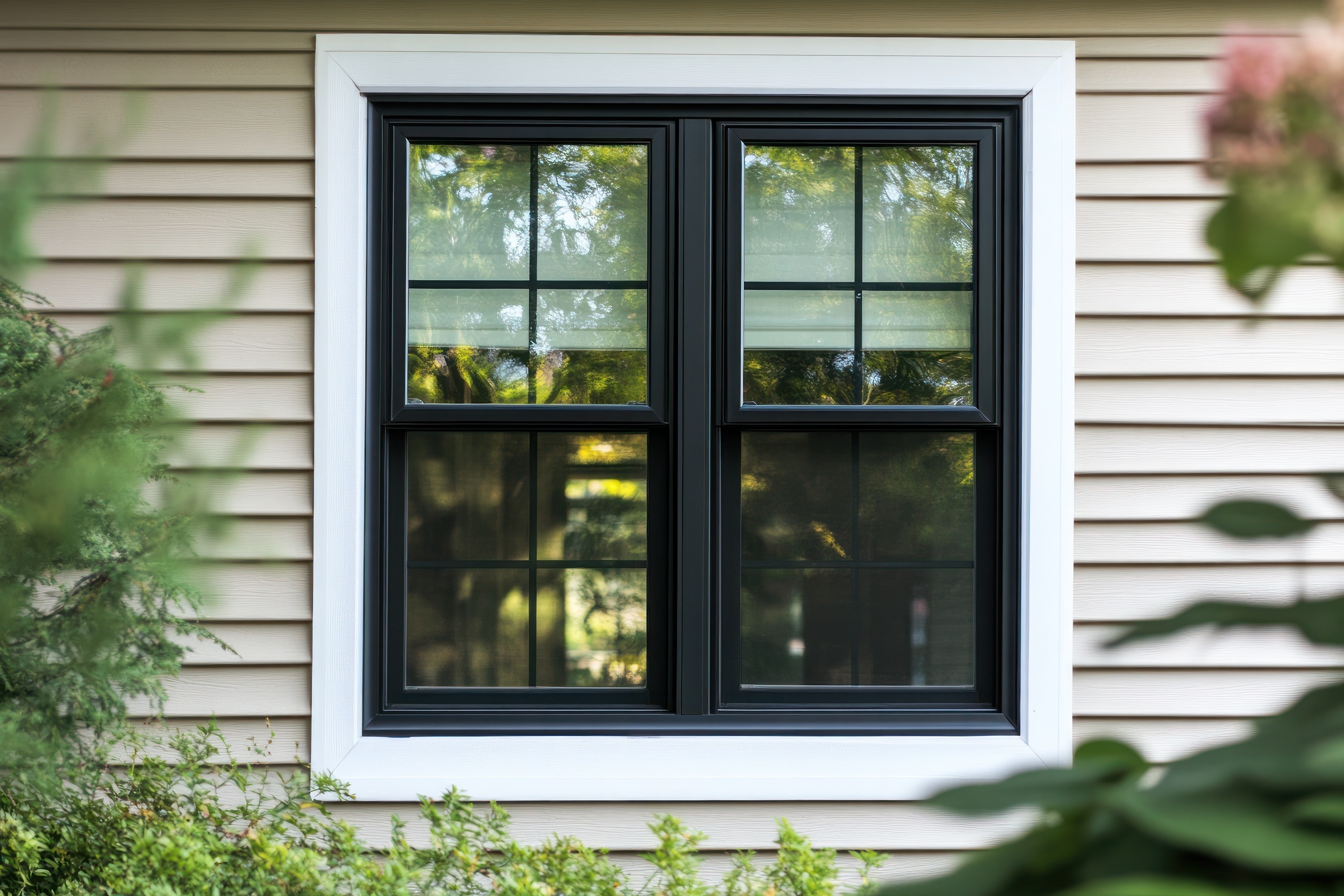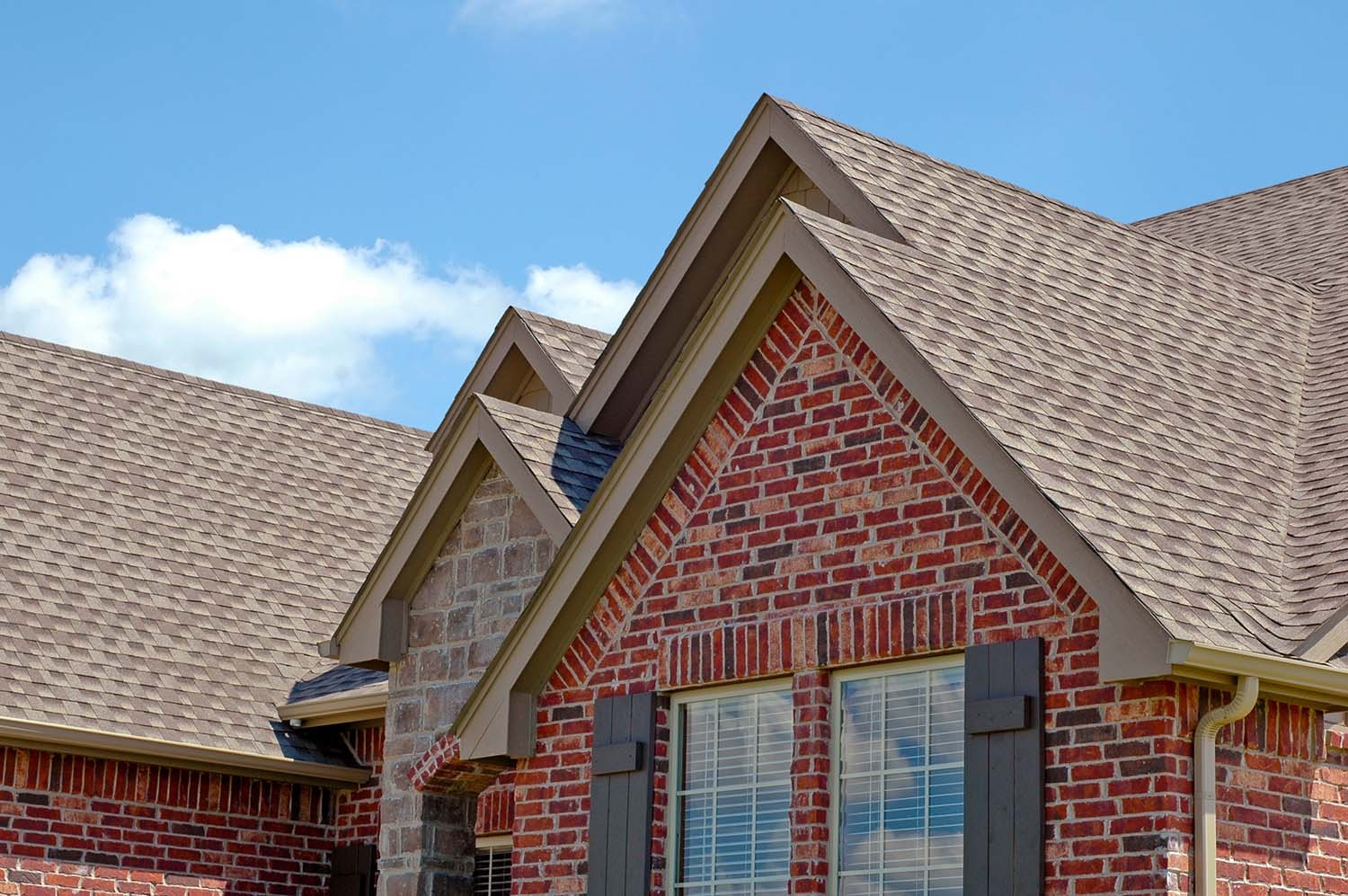Mistakes to Avoid When Installing James Hardie Fiber Cement Siding

When it comes to installing James Hardie siding in Charlotte, NC, precision and expertise are paramount. Plus, for your James Hardie fiber cement siding warranty to be valid, James Hardie requires strict adherence to its installation manual. In this article, we'll explore some of the top mistakes made when installing James Hardie siding and provide insights on how to avoid them.
When you're ready for new siding, try it on your home first with our virtual design tool!
1. Inadequate Preparation:
One of the most common mistakes is not adequately preparing the surface before installing James Hardie siding. Proper preparation includes removing any existing siding and house wrap and closely inspecting the walls for moisture, rot, cracks, or other damage that can impact the integrity of the new siding installation.
Solution: Before beginning the installation process, take the time to thoroughly inspect the surface and address any issues that come up. This will help ensure you're not covering up any large problems that can make new installation difficult, effecting the look of the final product or trapping moisture beneath the surface.
2. Not Replacing the House Wrap:
Also known as a weather barrier, the house wrap is a vital part of your home's defense against moisture penetration. A thorough inspection of your home's structure and wall integrity cannot be performed without the removal of house wrap. James Hardie recommends the use of its proprietary weather barrier, HardieWrap, which is designed to work cohesively with James Hardie siding.
Solution: Take the extra time to replace your house wrap. This will allow you to identify and fix any underlying issues that could be hiding behind the barrier.
3. Incorrect Nailing:
Improper nailing techniques can lead to loose or uneven siding, which can compromise the structural integrity of the installation. Common errors include overdriving or underdriving nails, using the wrong type or size of nails, and nailing too close to the edges of the siding panels.
Solution: Follow James Hardie's installation guidelines closely and use the recommended fasteners to ensure a secure and stable installation. Pay attention to nail placement and spacing to prevent issues such as warping or buckling.
4. Lack of Expansion Gaps:
Failure to include expansion gaps between siding panels and trim can result in unsightly gaps or buckling as the materials expand and contract with changes in temperature and humidity.
Solution: Be sure to leave the appropriate expansion gaps as recommended by James Hardie to accommodate natural movement and prevent damage to the siding. Use spacers or shims to maintain consistent spacing throughout the installation process.
5. Skipping Caulking and Sealing:
Neglecting to properly caulk and seal joints, corners, and trim can leave vulnerable areas exposed to moisture infiltration, leading to rot, mold, and other damage over time.
Solution: Use high-quality caulking and sealant products specifically designed for use with James Hardie siding to seal joints, corners, and trim. Be thorough in your application, paying special attention to areas where water is likely to accumulate, such as around windows, doors, and vents.
Conclusion
In conclusion, avoiding these common mistakes is essential for achieving a professional-quality installation of James Hardie siding and ensuring the warranty is valid. By taking the time to properly prepare the surface, nail correctly, leave expansion gaps, use proper cutting techniques, and seal joints effectively, you can ensure a durable and visually appealing finish that will stand the test of time. If you're unsure about any aspect of the installation process, don't hesitate to consult with a qualified contractor or refer to James Hardie's comprehensive installation instructions for guidance.
Finding the Right James Hardie Installer
In your quest for a reputable James Hardie installer in Charlotte, NC, it's essential to be mindful of the prevalent mistakes often made by inexperienced contractors during the siding installation process. Being informed about these pitfalls empowers you to identify a reliable company capable of handling your home's transformation with expertise and precision.
The installation of James Hardie siding demands meticulous attention to detail and a comprehensive understanding of the techniques involved. Avoiding common errors is paramount to ensuring the durability and functionality of the siding for years to come.
Beyond mere aesthetics, proper installation represents a significant investment in the future integrity of your home. As you embark on the search for the ideal Hardie installer, conducting thorough research and posing pertinent questions are pivotal steps in securing a trustworthy partner for your project.
To guide your selection process, consider posing these five mistakes as critical questions to potential siding contractors during consultations. Covering aspects ranging from installation methodologies to preparatory measures, these inquiries will aid in discerning a contractor who aligns with your project's requirements. With the right contractor by your side, you can embark on your exterior transformation journey confidently, knowing your home is in capable hands.



